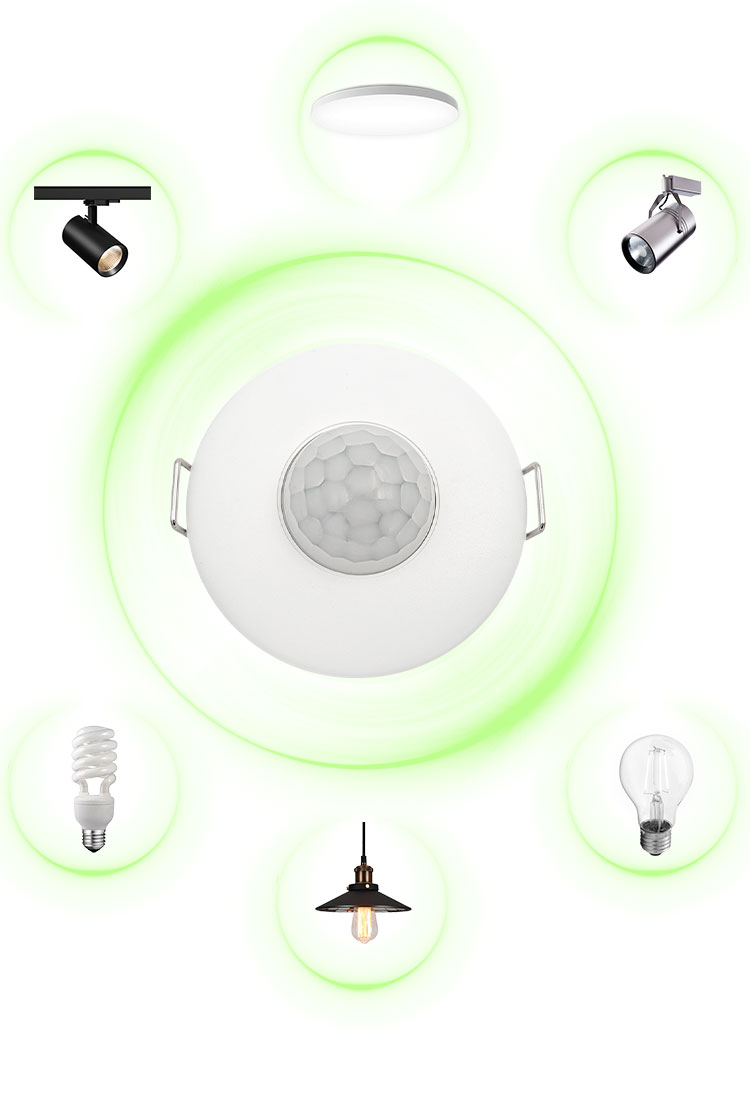

How to Choose the Right Sensor Switch for Commercial Projects: The Ultimate Guide
For electrical contractors, facility managers, and smart building integrators, specifying the right sensor switch is critical. A well-chosen product enhances user experience, maximizes energy savings, and ensures long-term reliability. A poor choice leads to callbacks, frustrated clients, and diminished ROI.
Step 1: Define the Application & Environment
The project's context is the foremost deciding factor. Ask these questions:
- Is it Indoor or Outdoor? Outdoor fixtures require switches with a high IP (Ingress Protection) rating (e.g., IP65) to withstand dust and moisture.
- What is the Primary Goal? Is it maximum energy savings, hands-free convenience, security deterrence, or building compliance? The goal influences the technology choice.
- What is the Typical Usage Pattern? Is it a high-traffic corridor, a sporadically used storage room, or a space where people remain still (like an office)?
Step 2: Select the Right Sensor Technology
Matching the technology to the application is where most mistakes happen. Here’s a breakdown:
- PIR (Passive Infrared) Sensors:Best for: Detecting major movement in specific zones. Ideal for warehouse aisles, stairwells, parking garages, and classrooms.Pros: Cost-effective, reliable for basic motion detection.Cons: Cannot detect slow or very subtle movement; field of view can have blind spots.
- Microwave (Radar) Sensors:Best for: Applications requiring detection of minor movement or presence. The superior choice for private offices, restrooms, hospital patient rooms, and areas where sensors need to be concealed behind ceilings or partitions.Pros: Highly sensitive to fine motion; can detect through non-metallic materials.Cons: Typically higher cost; can be more sensitive to unintended movement outside the desired area if not calibrated correctly.
- Dual-Technology Sensors (PIR + Microwave):Best for: Environments where false-ons must be eliminated to save energy. Commonly used in large conference rooms, open-plan offices, and showers/locker rooms.Pros: Requires both technologies to trigger, drastically reducing false triggers.Cons: Highest cost; may be overkill for simple applications.
Step 3: Evaluate Key Technical Specifications
Once you've chosen the technology, drill into the specs:
- Detection Range and Coverage Angle: Ensure the sensor's range and field of view (e.g., 180°, 360°) match the room size and layout.
- Load Compatibility: This is non-negotiable. Verify the switch supports the load type (LED, CFL, incandescent) and total wattage of the connected fixtures. LED compatibility is essential to avoid flickering or ghosting.
- Adjustability: Look for models with adjustable time delay, lux threshold (ambient light level), and sensitivity. This allows for fine-tuning performance on-site.
- Build Quality & Certifications: For commercial use, products should have robust construction and relevant international certifications (CE, FCC, UL, RoHS).
Step 4: Consider Aesthetics and Installation
- Form Factor: Does the project require a discrete ceiling-mount sensor, a standard wall-switch replacement, or an outdoor-rated fixture?
- Aesthetics: For corporate offices or hotels, the design and finish (e.g., white, brushed steel) should complement the interior design.
- Ease of Installation: Choose manufacturers that provide clear datasheets, wiring diagrams, and technical support to reduce installation time.
Conclusion: Partner with a Specialist Manufacturer
Selecting commercial-grade sensor switches is an investment in the building's efficiency and intelligence. Partnering with an experienced sensor switch manufacturer provides access to technical expertise, reliable products, and custom OEM/ODM services for large-scale projects.
By following this structured approach—Application → Technology → Specifications → Installation—you can confidently specify the perfect solution for every client's needs.








